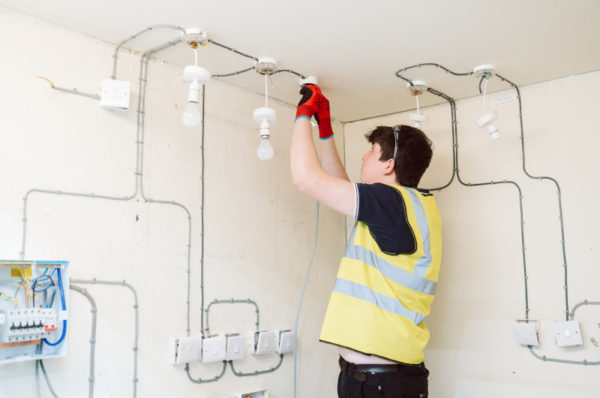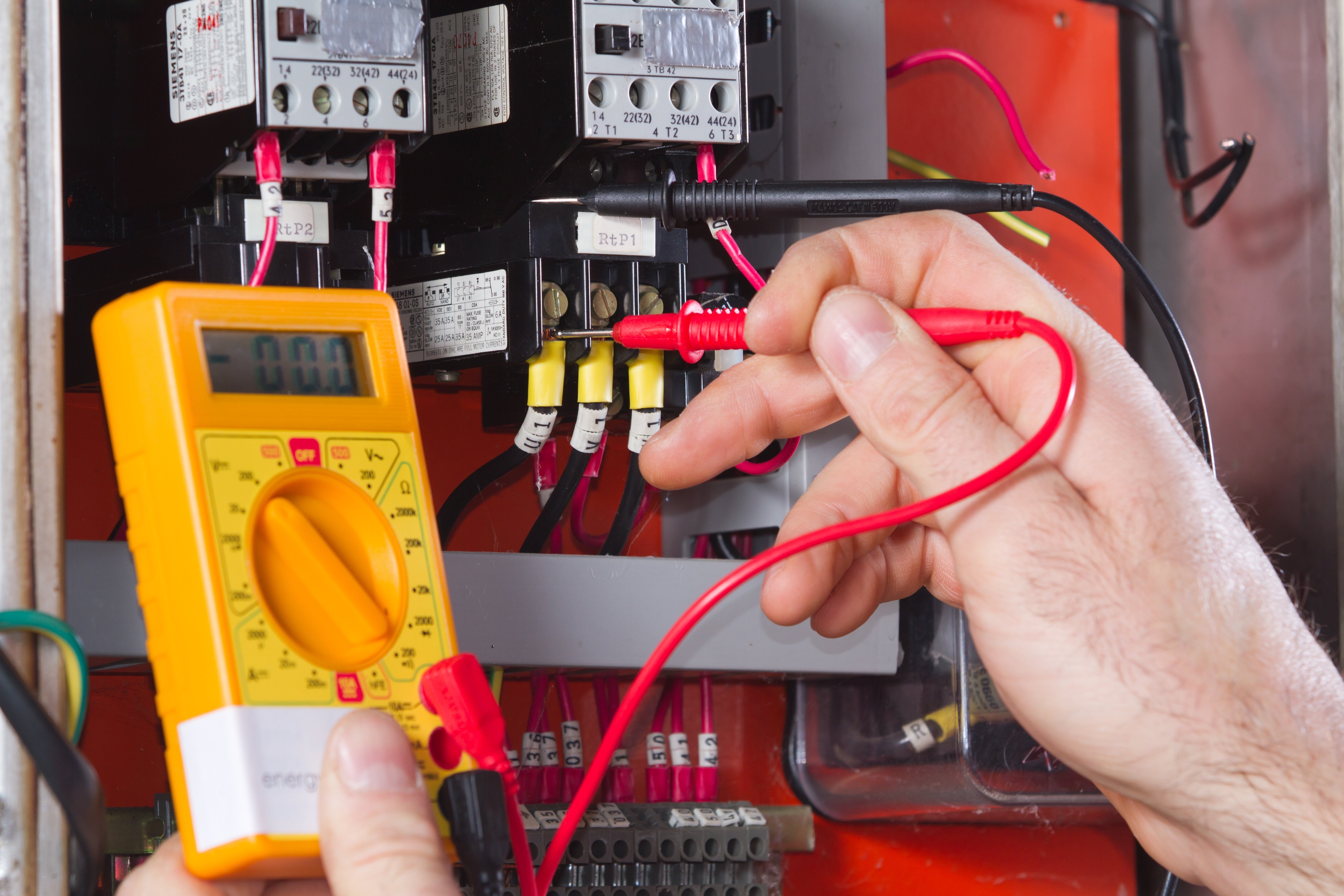Top-Notch BRE Electrical Services for Residential and Commercial Demands
Top-Notch BRE Electrical Services for Residential and Commercial Demands
Blog Article
The Ultimate Overview to Electric Installation: Tips and Methods for a Safe and Effective Home Electrical Wiring System
In the realm of home upkeep, few facets are as crucial yet often forgotten as the electric wiring system. Ensuring a safe and effective home circuitry arrangement demands not only a fundamental understanding of electric principles however likewise sensible understanding of installment methods and upkeep procedures. From navigating the complexities of cable links to repairing common concerns that may develop, this guide aims to furnish property owners with the crucial ideas and devices essential for a protected and energy-efficient electrical system. By discovering the subtleties of electrical precaution and energy-saving practices, this comprehensive overview will shed light on the intricacies of home circuitry, encouraging individuals to organize their house's electrical infrastructure.
Recognizing Electrical Precaution
To make certain the safety and security of both individuals and building, understanding and executing correct electrical safety and security measures is paramount in any kind of home wiring project. It is critical to perform a complete evaluation of the electric system before beginning any electrical wiring project to identify prospective dangers or issues that require to be resolved.
Additionally, using the suitable devices and tools is vital for keeping safety and security during electrical installations. Insulated gloves, voltage testers, and protective eyeglasses are some of the fundamental security gear that must be put on to stop electric shocks or accidents. It is also vital to de-energize circuits before working with them and to identify all circuits and breakers plainly to avoid complication.

Essential Devices for Home Circuitry
Guaranteeing the appropriate execution of electrical precaution in home wiring tasks includes making use of a specific collection of important tools designed to facilitate the installation process effectively and securely. Several of the key devices needed for home circuitry projects include a voltage tester for checking online cords, wire pole dancers for eliminating insulation from wires, a wire cutter for precisely reducing cables to size, a screwdriver set for protecting electrical elements, electric tape for insulation and securing links, a cable ripper for removing cord sheathing, and a multimeter for measuring voltage, current, and resistance. In addition, a drill with bits is important for producing openings for circuitry and mounting electrical boxes, while fish tapes or rods help in pulling wires through channels or walls. It is important to purchase high-quality tools to ensure precision, efficiency, and security during home wiring tasks. By having the required devices conveniently offered, house owners can effectively navigate the setup procedure and preserve a protected electrical system within their homes - BRE Services.
Step-by-Step Electric Installment Guide
Starting an electric installment job calls for thorough preparation and adherence to safety guidelines. Before beginning any type of work, guarantee you have a detailed plan laying out the format of the electrical system, including the positioning of outlets, switches, and fixtures. Think about the power requirements of each gadget to identify the appropriate cable you can try this out scale and circuit breaker sizes.
The initial step in the setup process is to turn off the power supply to the location where you will be functioning. weblink Use a voltage tester to verify that the circuits are de-energized prior to touching any type of cables. Next, thoroughly remove existing fixtures or electrical outlets and separate the wires.
When installing brand-new wiring, run cords via wall surfaces and ceilings, protecting them in area with appropriate installations. Comply with regional building regulations and supplier directions for correct cord setup and links. BRE Electrical. Make sure to label wires for very easy recognition and future upkeep

Troubleshooting Common Electrical Wiring Issues
Having actually completed the installation procedure as detailed in the previous subtopic, troubleshooting common circuitry problems is an essential ability for ensuring the safety and performance of your electric system. To address this, check and tighten all cord connections in the impacted components and buttons and redistribute the tons on the circuit to balance the electrical need. On a regular basis checking and immediately resolving these usual electrical wiring problems will maintain the safety and security and performance of your home electric system.
Tips for Energy-Efficient Electric Systems
For optimal energy performance in electric systems, carrying out smart practices websites and making use of energy-saving technologies is paramount. One crucial pointer for attaining an energy-efficient electric system is to upgrade to LED lighting. Proper insulation and securing of home windows, doors, and electric outlets can also prevent energy loss, ultimately lowering the workload on electrical systems.
Final Thought
Finally, executing proper precaution, utilizing vital devices, following a detailed installment overview, troubleshooting common concerns, and including energy-efficient pointers are critical for a safe and reliable home wiring system. By adhering to these practices, home owners can make certain the durability and functionality of their electrical installations. It is very important to focus on security and performance when it pertains to electrical work in order to stop prospective risks and to preserve a reputable electric system in the home.
Report this page